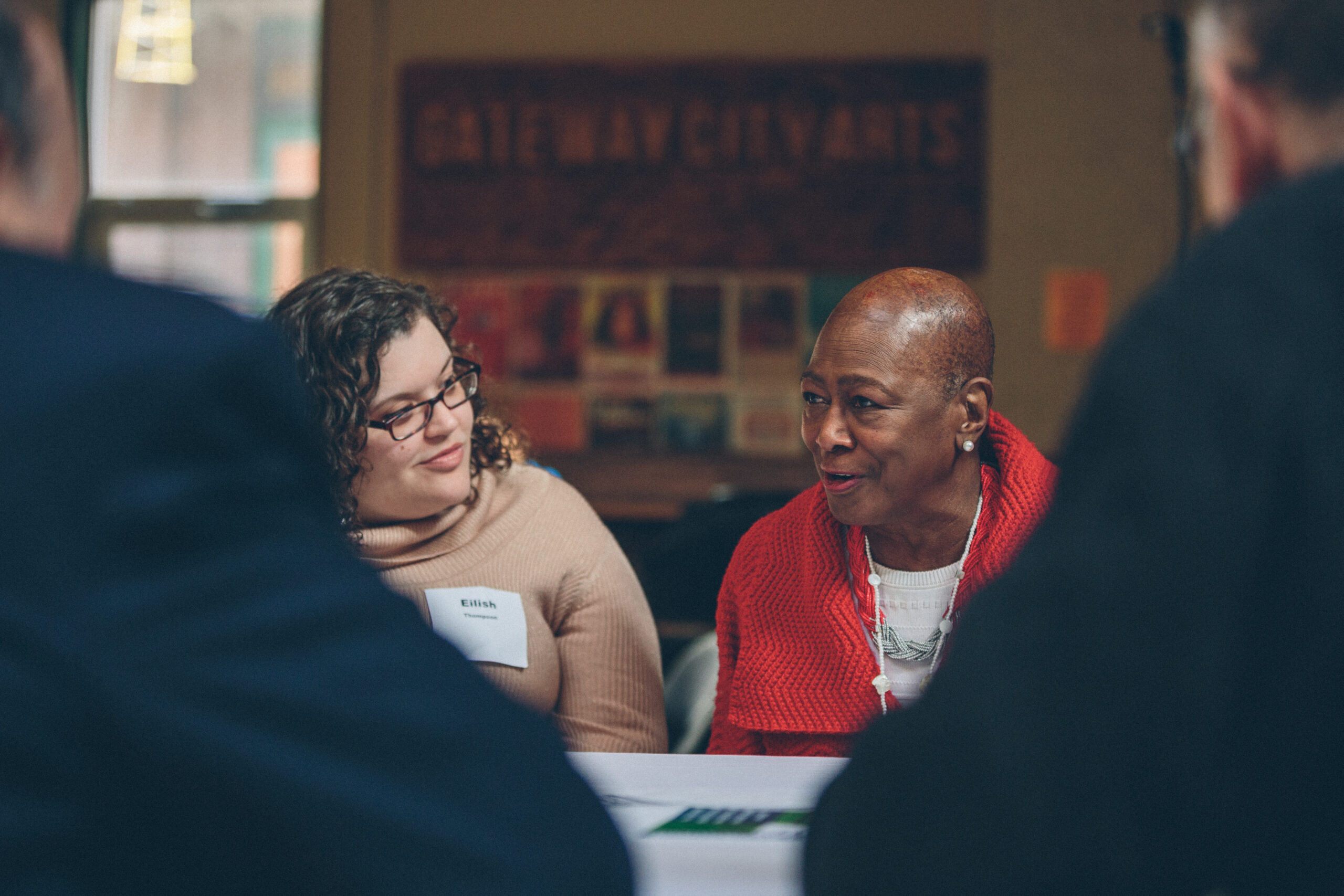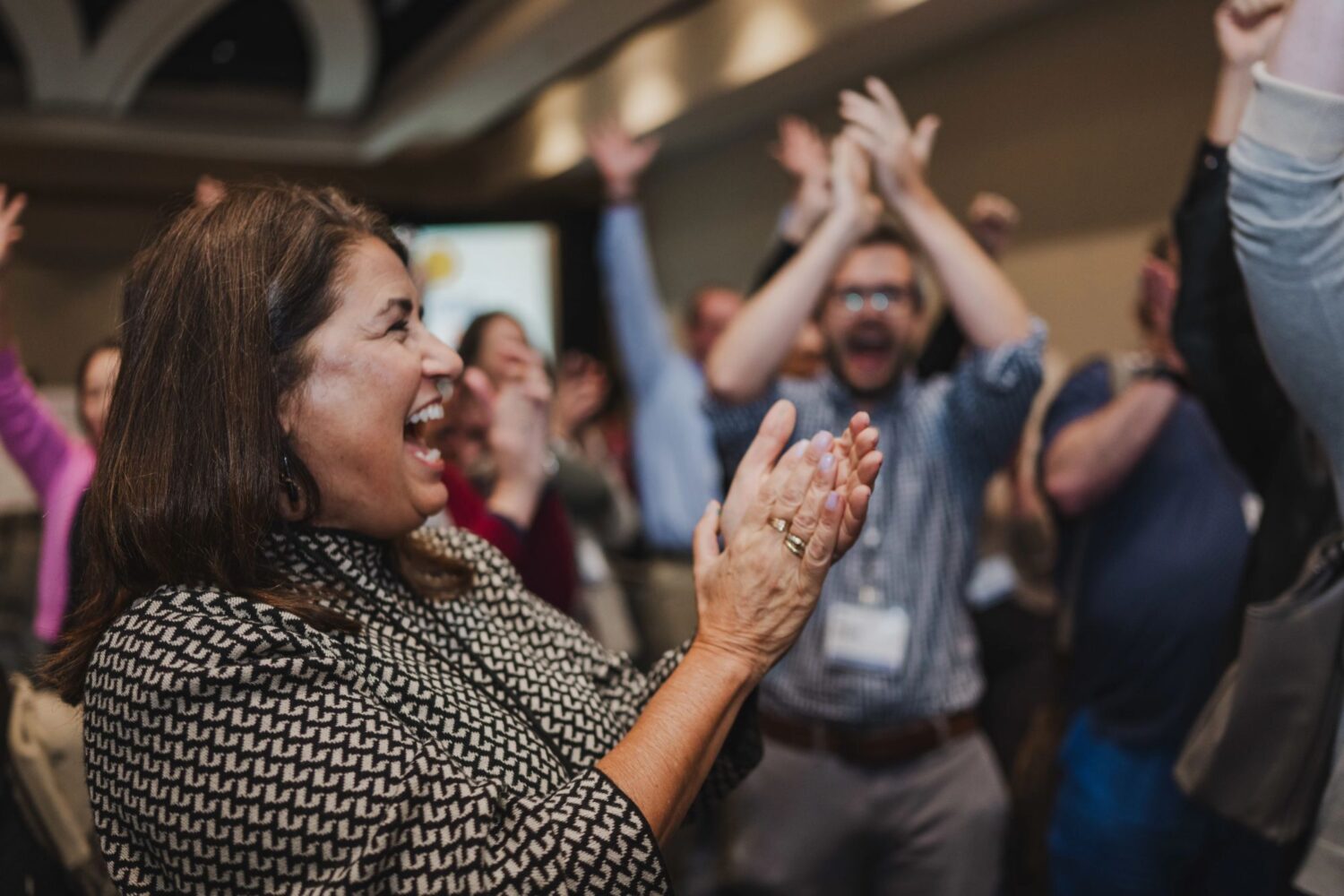We fervently believe that one of the best predictors of success in philanthropy is the strength of the relationships a foundation has with its grantees. After all, philanthropy exists to enable, empower, and invest in the leaders and organizations doing vital work in communities, putting their aspirations, needs, and impact at the center.
This is why listening to and learning from our grantees is essential for us at Barr and something we strive to make a regular feature of ongoing conversations with our partners. It is also why, every several years since 2003, we have commissioned the Center for Effective Philanthropy (CEP) to survey our grantees through their Grantee Perception Report (GPR) and gather candid feedback about what it’s like to work with us.
We asked CEP to conduct that survey again this year. In the spirit of transparency and shared learning, we are pleased to make our results public, as we have in previous years. You can access the full results via CEP’s interactive GPR tool, which allows filtering by program area and in other ways. Additionally, you can view the full report or key findings memo in PDF form.
How GPR feedback can help funders
CEP has conducted the GPR for more than 300 foundations over the past two decades, gathering confidential and anonymous feedback for the foundations that commission it. The GPR is especially useful because it offers comparative feedback that enables a funder to assess its results in the context of a broader universe of funders. Such relative comparison is especially valuable given the inherent power dynamic between funders and grantees, which can lead to over indexing to the positive.
When we last commissioned a GPR in 2017, the results were sobering, to say the least. Many of the findings placed Barr in the median of other funders in the CEP dataset. We were described in our report as a “typical” funder. But we aspire to so much more than being “typical,” and that characterization catalyzed our attention and action.
After receiving the 2017 results, we spent much of the following year, both as a staff and with our trustees, reflecting on what we learned, and exploring ways to address the challenging feedback. Without realizing it at the time, the changes we made and planned in 2018-2019 to strengthen connections and build relationships with grantees ended up positioning us well when the COVID pandemic hit in spring 2020. We were poised to adjust grantmaking approaches quickly to help our partners respond to a surge in needs in their communities.
What we learned this year
We had always planned to conduct the survey again to see if any of our changes were making a difference. Though we had historically done the survey every three or four years, in view of the pandemic, we opted to wait until there was return to some normalcy and our grantees would have the time and space to offer thoughtful input.
The headlines from this year’s GPR were much more encouraging: on virtually every measure, Barr’s ratings improved from 2017, and in many cases, those improvements were statistically significant. We were pleased to hear that our grantees felt and valued the changes we had made in response to the concerns and suggestions they shared with us in 2017. And more importantly, the GPR tells us that our grantees are experiencing Barr as a funder who shows up in ways that advance and enhance their work.
That said, while we are gratified, we are not complacent. The survey also revealed several areas where we can improve. For example, we can do a better job talking with grantees about where they fit in the overall program strategies and arc of our work at Barr, and we can also better communicate how we seek to advance our commitment to racial equity.
We will devote ourselves to sustaining the practices that have worked for our grantees at the same time as we explore new approaches to address opportunities we have to improve.
What next?
In future posts, we will share more detail about the tangible steps we believe led to the improved results. We hope that documenting and sharing our lessons can be helpful to others looking to create more time and space for grantee connections, stronger relationships, and a greater focus on grantees’ aspirations and needs.
We speak often of our core values at Barr. For us, they must be more than words on a website. To have true meaning and, yes—value—they must be lived out in our actions. Curiosity, humility, and a focus on impact are three of our core values, and the GPR is one way for us to gauge how much our partners experience those as a regular and expected part of interacting with us.
This whole exercise has served as a powerful reminder for us that the quality and depth of our relationships is ultimately what drives how much impact we can have. We remain grateful to our grantees for their ongoing commitment to helping us learn how to be and do better, and we pledge to continue to be a funder who listens with care, seeks to learn how we can improve, and demonstrates our commitments through our actions.





